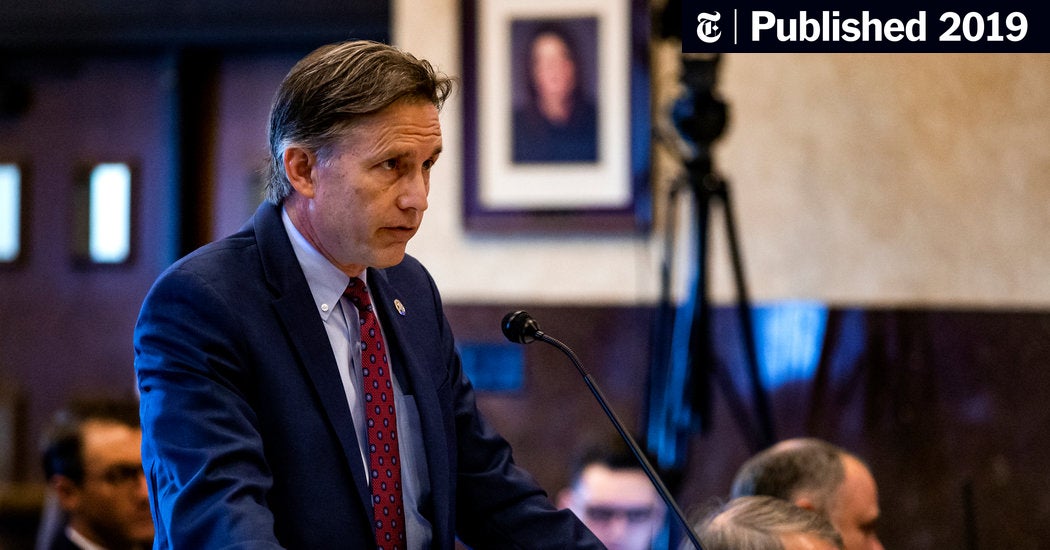- Joined
- Oct 13, 2014
- Messages
- 2,373
- Reaction score
- 2,118

Johnson & Johnson Ordered to Pay $572 Million in Landmark Opioid Trial (Published 2019)
Oklahoma pursued the first case against a drug manufacturer for the national public health disaster, and the ruling may point to what lies ahead in 2,000 more lawsuits.
“Johnson & Johnson will finally be held accountable for thousands of deaths and addictions caused by their products,”
So basically convicted for fueling an opioid crisis in the state of Oklahoma with over 400,000 confirmed deaths in the past 20 years. What I really found interesting was 40 other states (pretty much the rest of the country) plans to follow suit with similar claims to this pharmaceutical company.
I’m curious why only sue the supplier and not the middle independent or private practice settings that have the choice to prescribe and dispense. Perhaps just over my head on how these contracts really work.
I thought it was interesting nonetheless
